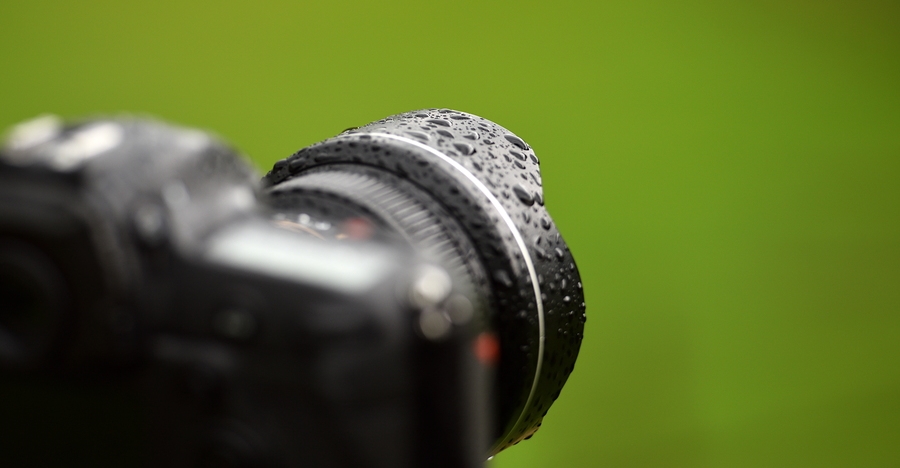Norwegian landscape photographer Christian Hoiberg is used to photographing in very challenging conditions.
I know it feels tempting to skip the photowalk when it’s grey and cold outside, but sometimes that’s exactly when you’re going to get the best images of your life. Even if you think you can’t find anything to photograph, there’s always something that will make an interesting image. (And if all else fails, try going black and white!)
#1 – Drop the sky and zoom in
Instead of including a sky that lacks contrast, use a telezoom and focus on a smaller detail in the landscape. Perhaps there’s a cabin, a river, or maybe even a deer in the area around you. Use your zoom and make these subjects into the main part of your image.
I’ve found using a telezoom beneficial for my photography in general, as I’ve become more aware of the scenery, and I’m constantly searching for something that sticks out.
#2 – Photograph waterfalls
When the sky is grey, it’s raining, or when there are a lot of clouds, you’ve got the perfect excuse to go photograph waterfalls. Since the sun is not an issue, the light will be softer, and you’ll have no problems with hard light on the water. This lets you do both short and long exposures, and still have decent light.
If it’s raining you should consider using a polarizer filter, though, as the rocks (if any) around the waterfall might reflect some light.
#3 – Take a hike in the woods
My last piece of advice on how to take advantage of bad weather, is to take a walk in the woods. This is something I often do when it’s a rainy day, both with and without my camera. Sometimes it’s nice just to go for a hike in familiar terrains, while other times it can be really rewarding to bring the camera.
A benefit of going early in the morning is that you increase the possibility to encounter deer or other animals. Just be sure that you don’t make too much noise when hiking, as that will scare away most wildlife.
Read the full article over at Digital Photography School.
Source: Digital Photography School

